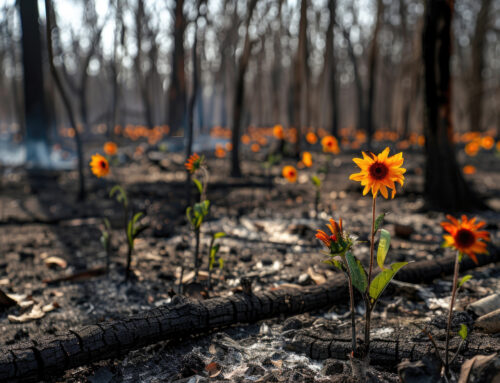Inspire Courageous Progress
In recent years, practitioners working in social justice and conflict resolution have started exploring the concept of “brave spaces.” While safe spaces are really important in building trust and calming our nervous systems, they can also become somewhere people remain stuck. A place where they don’t talk about the messy stuff and are unable to do the hard work of moving forward.
But that hard work is the real prerequisite for personal growth and development. As facilitators, that’s what we’re here for: to help our colleagues or learners grow and develop. Creating a “brave space” helps participants take all they’ve learned in that safe space and move forward with courage.
Embracing Discomfort
Sometimes, discussions will necessarily be difficult, and participants will feel uncomfortable. Very uncomfortable. That’s the reality of human interaction, learning, and change. But avoiding these opportunities isn’t as helpful as it may feel in the moment. Instead, we can encourage difficult conversations to happen within safe and supportive conditions. Facilitators can work on creating spaces where individuals feel empowered to take risks, make mistakes, and learn from one another, where people are encouraged to challenge their biases and expand their understanding of others. Brave spaces – where it’s emotionally safe to disagree, question, and be curious.
A Framework for Brave Learning Spaces
Victoria D. Stubbs has created a really helpful six-part framework for creating brave learning spaces that promote openness, growth, and deeper engagement within an environment of collective accountability and responsibility. The 6 Six Pillars of a Brave Space include:
- Vulnerability. Model vulnerability for learners and clients by asking questions when you don’t understand and sharing parts of your own story where relevant.
- Perspective-taking. Be curious and seek to understand others’ views and lived experiences. Listen to understand instead of listening to respond.
- Leaning into Fear. Reframe your mindset around fear and see it as an opportunity for growth.
- Critical Thinking. To consider all views fairly, carefully examine your beliefs and be open to how your thoughts might limited. Embrace alternate ideas and critiques as ways to expand your thinking.
- Examine Intentions. Ask yourself some questions: Is what I am about to share for the purpose of advancing the discussion, or am I merely self-serving? What’s the reason for my actions? What do I want to see happen as a result of my words and/or actions?
- Mindfulness. Be present. Be aware of inner chatter and emotions and quiet them without judgement. Slow down and pause before reacting.
The Journey From Safe to Brave
As facilitators expanding our practice, moving from the concept of safe spaces to brave spaces can be a real journey. A vulnerable journey – but one that can build opportunities for growth and deeper engagement in both learners and ourselves. Lean in. Make mistakes. And keep growing.
This is the second of a two-part series about creating safer and braver spaces to help our learners grow and develop. Read Create Safer Spaces for Better Learning.
Learn More
DOWNLOAD Six Pillars of a Brave Space, Developed by Victoria D. Stubbs
ACCESS TRAINING Experience a Different Way to Facilitate, with Change it Up






